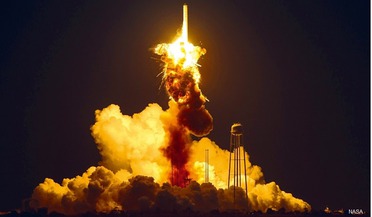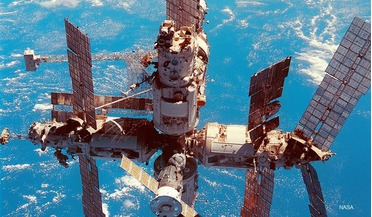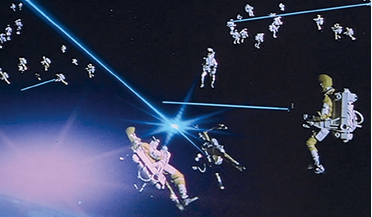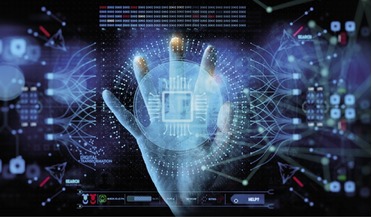 March 2015
Congested, contested, and invested: of space debris, risky launches and private initiative
March 2015
Congested, contested, and invested: of space debris, risky launches and private initiative
...) uses the known locations of satellites, estimated trajectories of trackable pieces of debris, and other variables to predict where space objects will likely be a few days into the future. Through this process, known as conjunction assessment, JSpOC...
 March 2015
SERC wants us all to get to grips with space junk
March 2015
SERC wants us all to get to grips with space junk
... of debris will be slowed, buying time for debris removal technology to be developed. 2. Remove the debris from space. Remote manoeuvre of space objects from the earth is feasible and SERC aims to move debris into safe orbits, or even to de-orbit...
 June 2018
Cosmic communications and the anthropology of outer space
June 2018
Cosmic communications and the anthropology of outer space
... universe and would structure future searches for intelligence elsewhere. Unfortunately, the exotically shaped space object ‘Oumuamua that Breakthrough Listen helped monitor in December 2017 is unlikely to be an alien spacecraft. Another possibility...
 April 2019
Is a military space force justified?
April 2019
Is a military space force justified?
... a country’s own assets, and not a third party’s space object, as when China destroyed one of its own satellites in an...However, a dispute over the existence or operation of a space object or facility would not arise overnight and the nations involved ...
 August 2021
AI in space – a legal perspective
August 2021
AI in space – a legal perspective
... elements of autonomy. For the future, however, it is relevant to consider exactly how much autonomy, if any, ‘intelligent’ space objects should have, and what decisions necessitate ongoing human oversight. Thus, the growing reliance on autonomous...
 September 2021
Developing an in-orbit servicing and manufacturing economy
September 2021
Developing an in-orbit servicing and manufacturing economy
...spacecraft and may provide additional revenue streams to servicing providers. In-orbit inspection involves approaching a space object from a satellite already in orbit to observe, image and identify causes of failure or malfunction. Inspection covers...